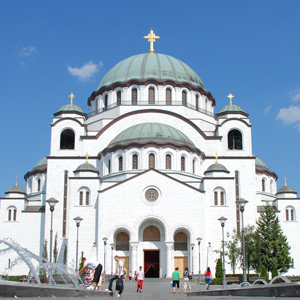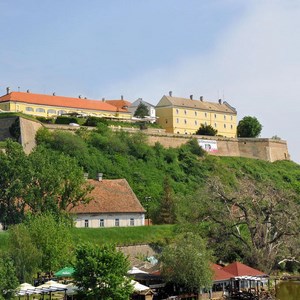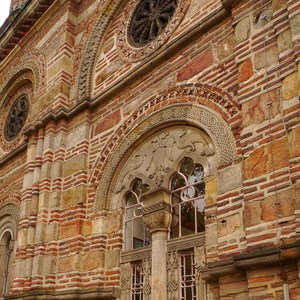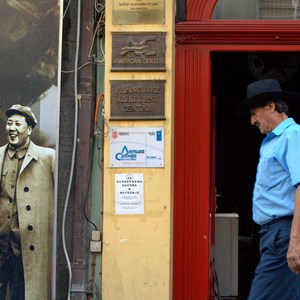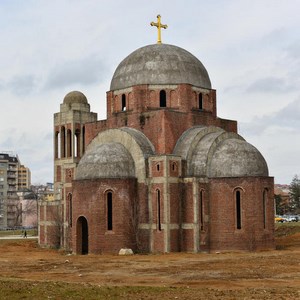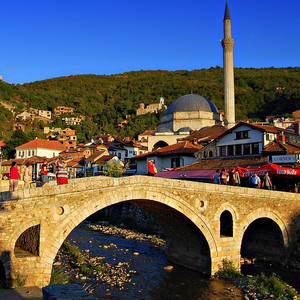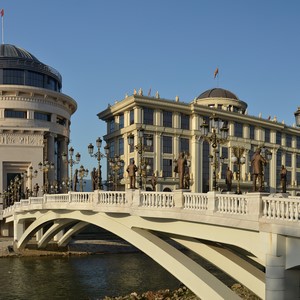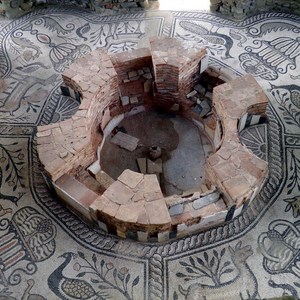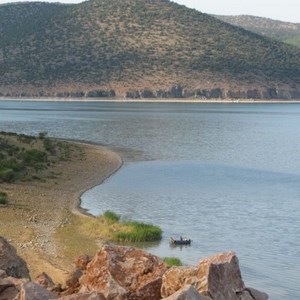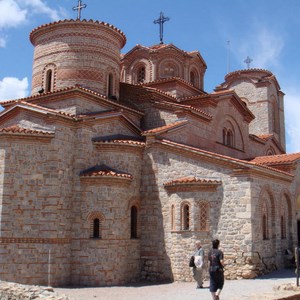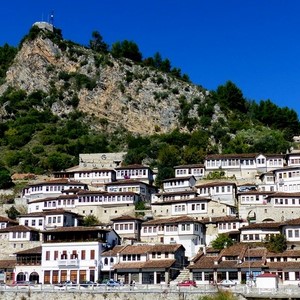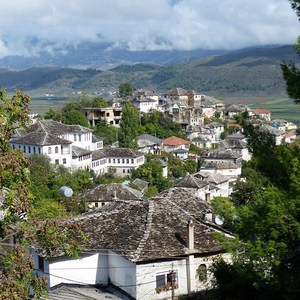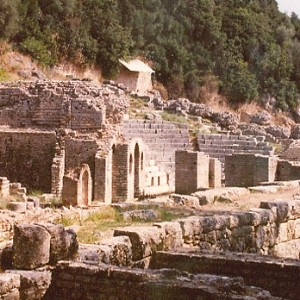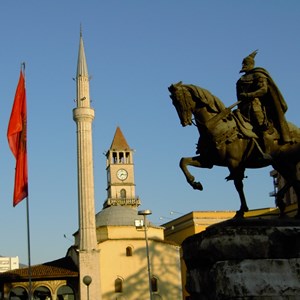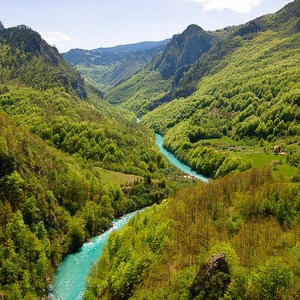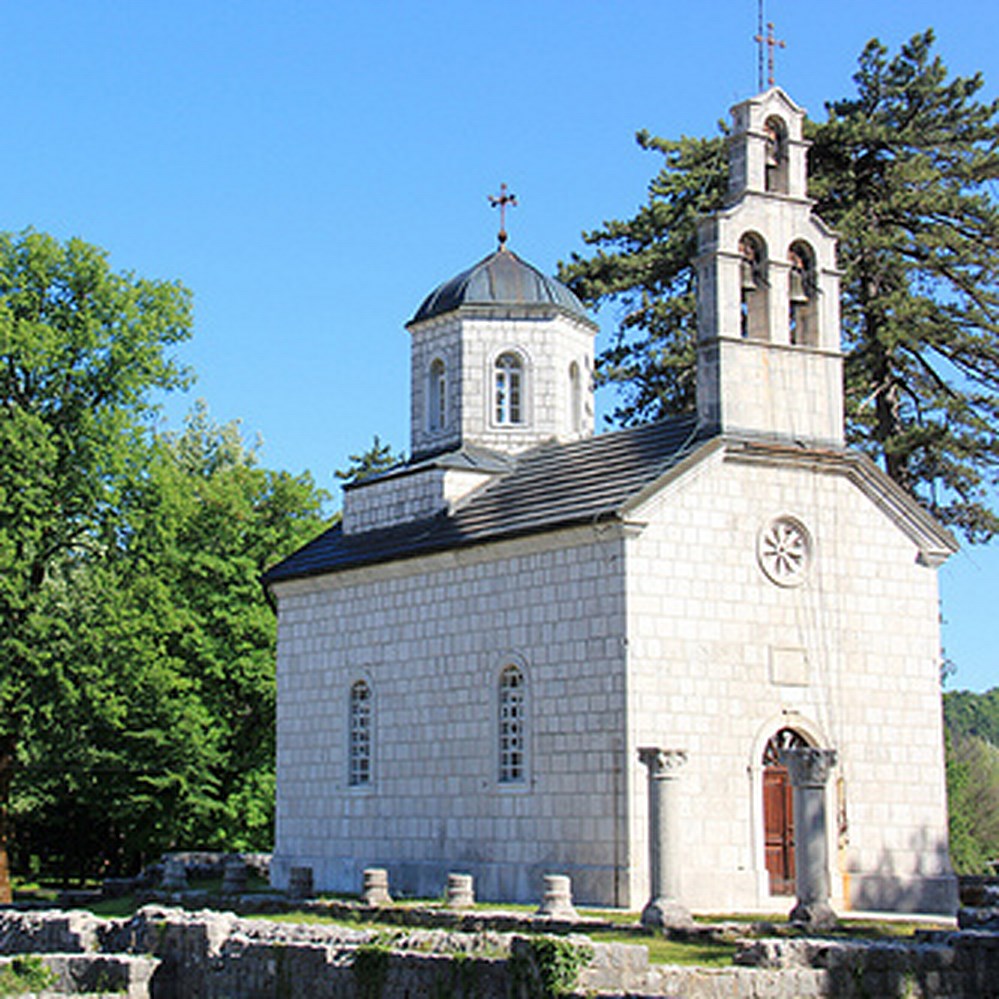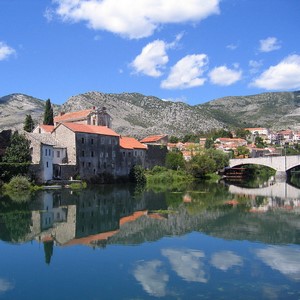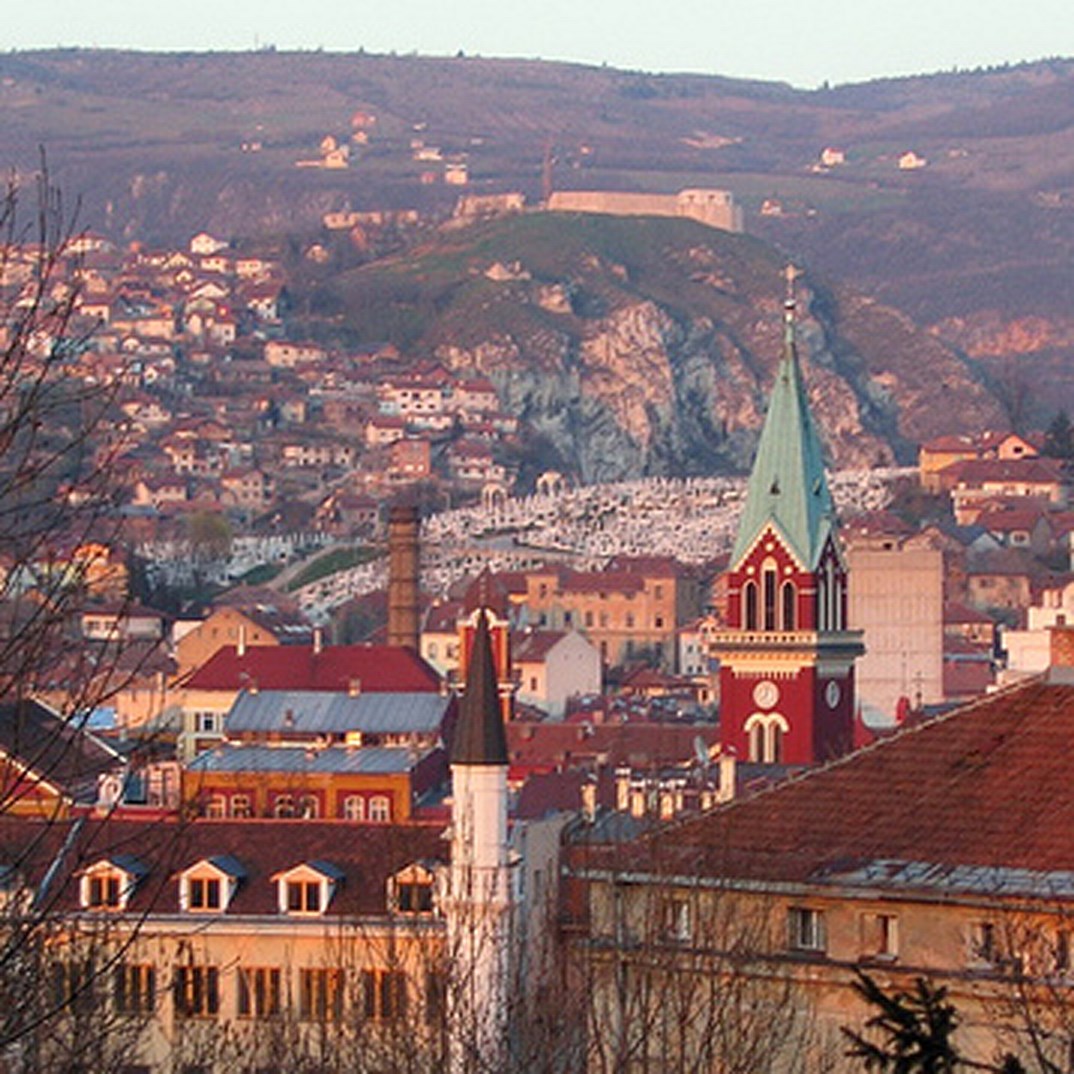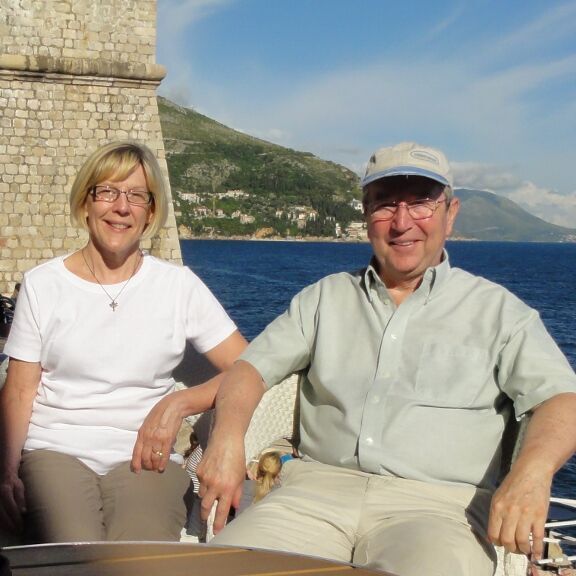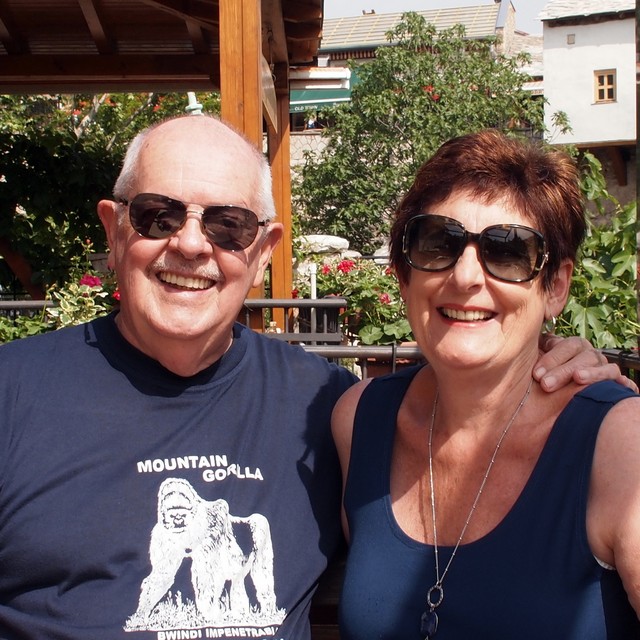Explore highlights of Tirana before continuing to visit Kruja. Continue to Podgorica via Shkodra. Overnight in Podgorica.
Overnight in Hotel New Star, Podgorica
Meal plan: Breakfast
The city of Tirana was established by Sulejman Pasha Bargjini, a native feudal lord from Mullet, in 1614. His first constructions were a mosque, a bakery and a hamam (Turkish bath). On February 8, 1920, Tirana was made the temporary capital by the Congress of Lushnje, then named the permanent capital on December 31, 1925. Albania spent the majority of the last 60 years under a strict and isolationist Dictator, Enver Hoxha. Upon his death, the country moved towards a free market economic model, with mixed results. Presently, Tirana is where the old and new Albania meet. Unpaved streets host brand new Land Rovers, iPhone-toting youngsters rub shoulders with street vendors peddling all manners of items, and gleaming glass towers look down on abandoned construction projects.
Kruja (alb. Krujë) is a medieval town located 32 km northwest of Tirana, built 560 meters above sea level, on the slopes of Sari -Salltiku mountain. The name of Kruja derives from the Albanian word krua, meaning 'water spring'. The citadel has become the main Illyrian fortress in the area in the 4th century AD. In the year 879, Kruja was mentioned for the first time as a Christian religious center, (bishop see). The first Albanian feudal state was created here circa 1190. The Ottomans occupied Kruja two times, in 1396 and 1415. The town reached its zenith on the 28th of November 1443 when Kruja castle was taken by Gjergj Kastrioti (Skanderbeg), who then organized the long anti-Ottoman resistance. From this time on, under the leadership of Skanderbeg, Kruja repelled three Ottoman sieges in 1450, 1457 and 1466. Only ten years after the death of Skanderbeg, in 1478, were the Ottomans able to capture the castle and destroy the town.
A diamond-shaped city wedged between the Rozafa Citadel, the magnificent Albanian Alps, deep blue Lake Shkodra, a 30-kilometre sand beach and the serene Buna river delta reservation - Shkodra is a diamond in the rough with plenty of potential. While many visitors quickly breeze though the city, Shkodra’s turbulent 2,400-year-old history has left plenty of interesting relics that make a stay in Albania’s cultural capital worthwhile. Hundreds of years of no-nonsense religious and ethnic tolerance resulted in booming trade, witnessed by Shkodra’s grand merchants’ homes, and dozens of mosques and Catholic and Orthodox churches standing in close proximity to each other. Travel to Albania is now easier than ever before, the number of visitors to Shkodra is increasing and facilities for travellers are improving rapidly, with good hotels and several excellent restaurants now established.
Podgorica is the capital of Montenegro. Throughout history it has undergone five name changes, been wiped off the map completely twice, and has been occupied by the Romans, Turks and the Austro-Hungarians. Little remains however other than a small amount of traditional Ottoman architecture.

